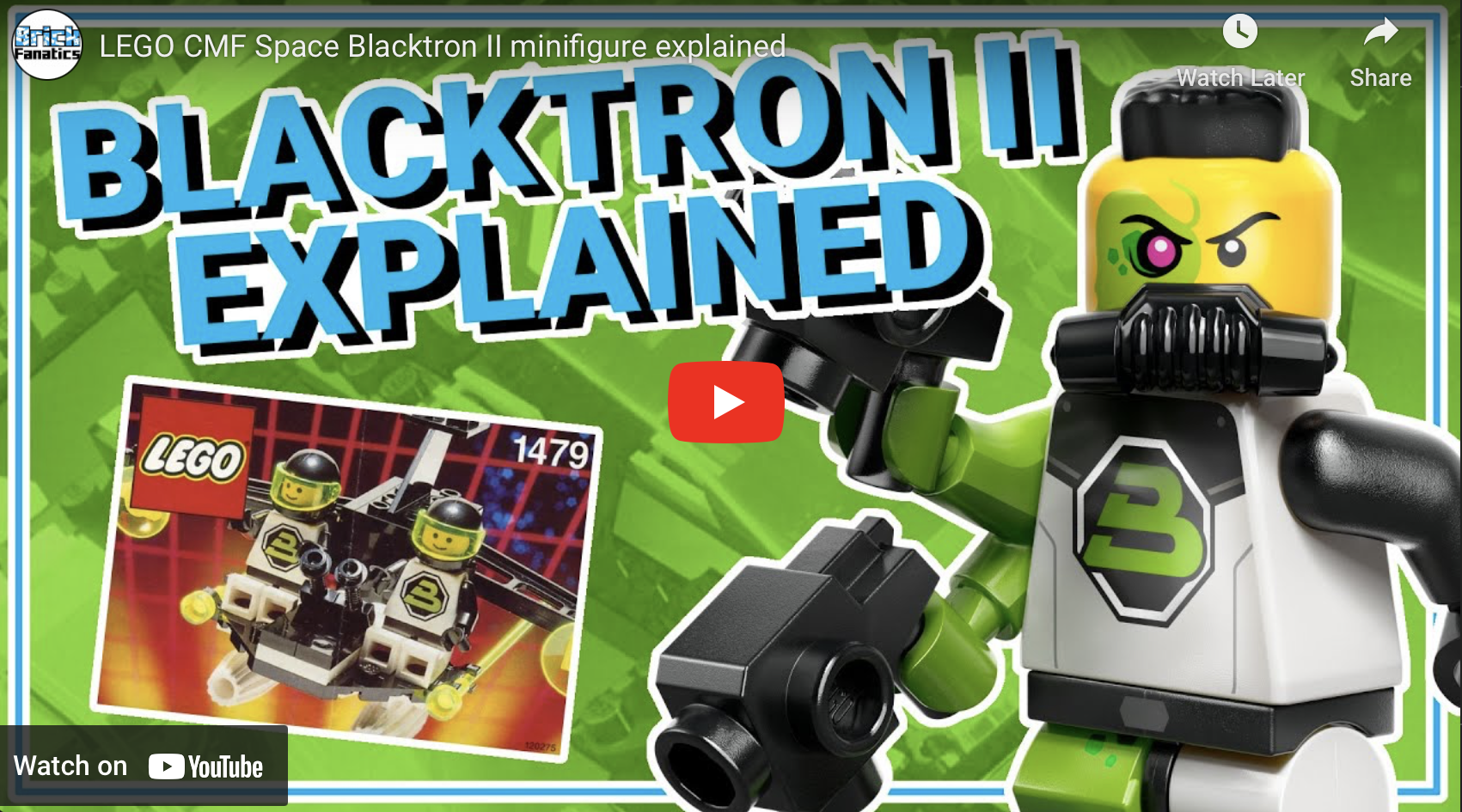Another LEGO 3D printed element has bounced onto the scene
A new crowdfunded LEGO book is accompanied by a 3D printed pogo stick – that’s suitable for use with LEGO minifigures.
After several months of waiting, diehard LEGO fans can finally check out a written history of the LEGO brick (assuming they helped to crowdfund it in the first place, that is). Unbound’s The Secret Life of LEGO Bricks offers a comprehensive look at LEGO elements themselves, with first-hand access to the LEGO Group itself.
However, one of its most exciting elements may not actually be found in the book. Like other crowdfunding sites, Unbound offered several different tiers for people interested in the book to invest at. While £50 got you the book itself, £90 would also bag you an AFOL-themed minifigure and a new, 3D printed element of unspecified design.
The silhouette on the site suggested a pogo stick, and that’s exactly what we got – if a tweet from Blocks editor Graham Hancock is any indication. That said, the finished product is a little different in appearance. It appears to feature two footholds rather than one, although the minifigure that uses the pogo stick won’t actually have use for either of them.

The use of 3D printing for LEGO elements is a relatively new initiative by the LEGO Group, and access to such products has been restricted so far. The first example of the concept materialised a few months ago at Denmark’s LEGO House attraction. Visitors to LEGO House could pick up a 3D-printed duck that’s scaled to suit LEGO minifigures. It replicates key features of the original wooden toy, including rolling wheels and a snapping beak.
The arrival of a LEGO pogo stick suggests that 3D printing is ideal for more complex element shapes – particularly as the stick features a moulded spring around the leg. That said, it’s likely that the concept is still in its early days – particularly as only one colour can be used at once. And as we’ve previously hypothesized, its use in conventional LEGO sets may be more generally restricted at first.
Still, with the element’s unveiling, we suspect we’ll see a few more 3D-printed LEGO elements in the next few years. They may be similarly restricted to adult audiences, though – at least to begin with.
Support the work that Brick Fanatics does by purchasing your LEGO using our affiliate links.
Author Profile
Latest entries
Features05/01/2023A LEGO Oswald the Lucky Rabbit minifigure seems like a likely prospect
News05/01/2023LEGO 31138 Beach Camper Van is a missed opportunity
Features05/01/2023Five works of art we’d love to see in the LEGO Art theme
Features04/01/2023LEGO 40580 Blacktron Cruiser should have been on our radar







